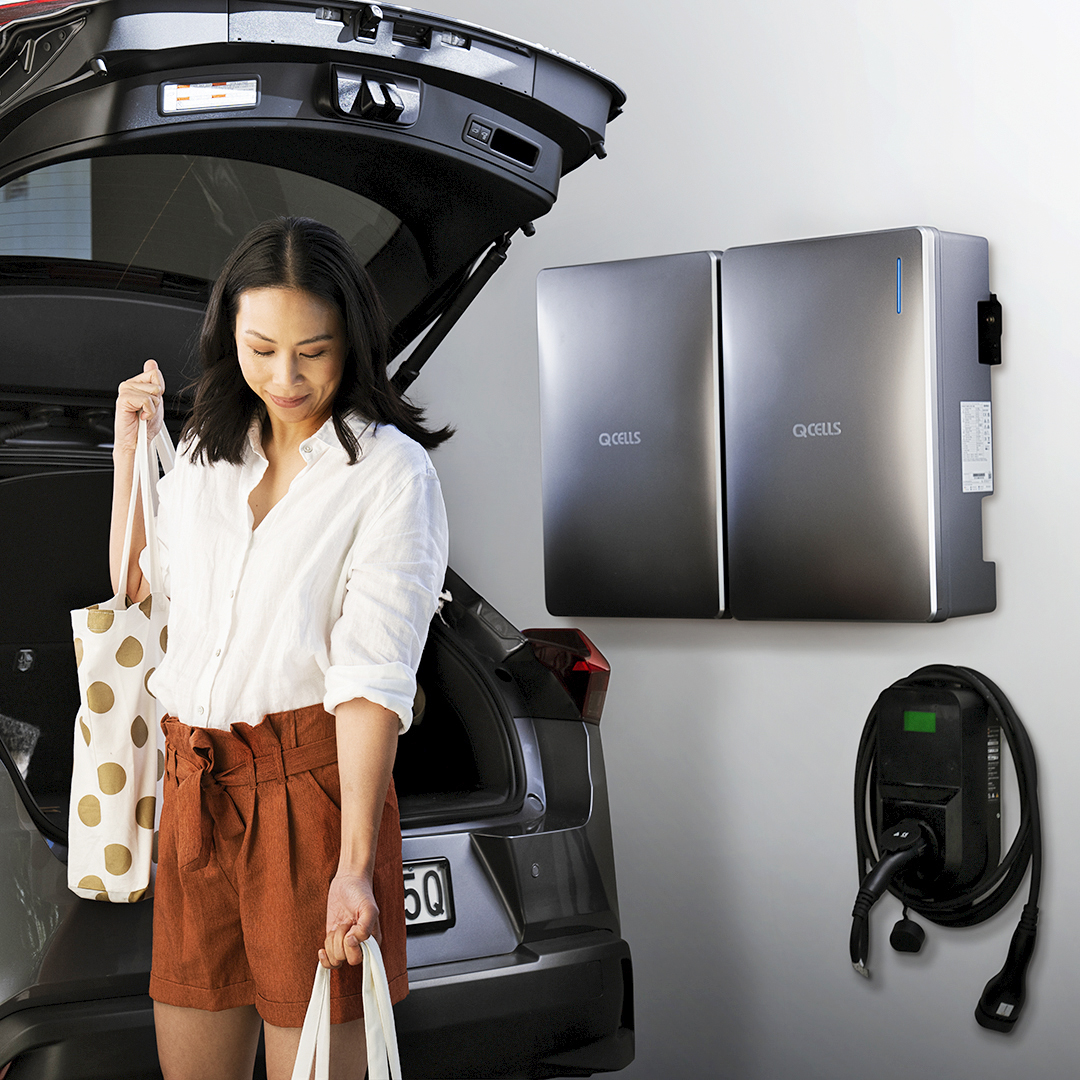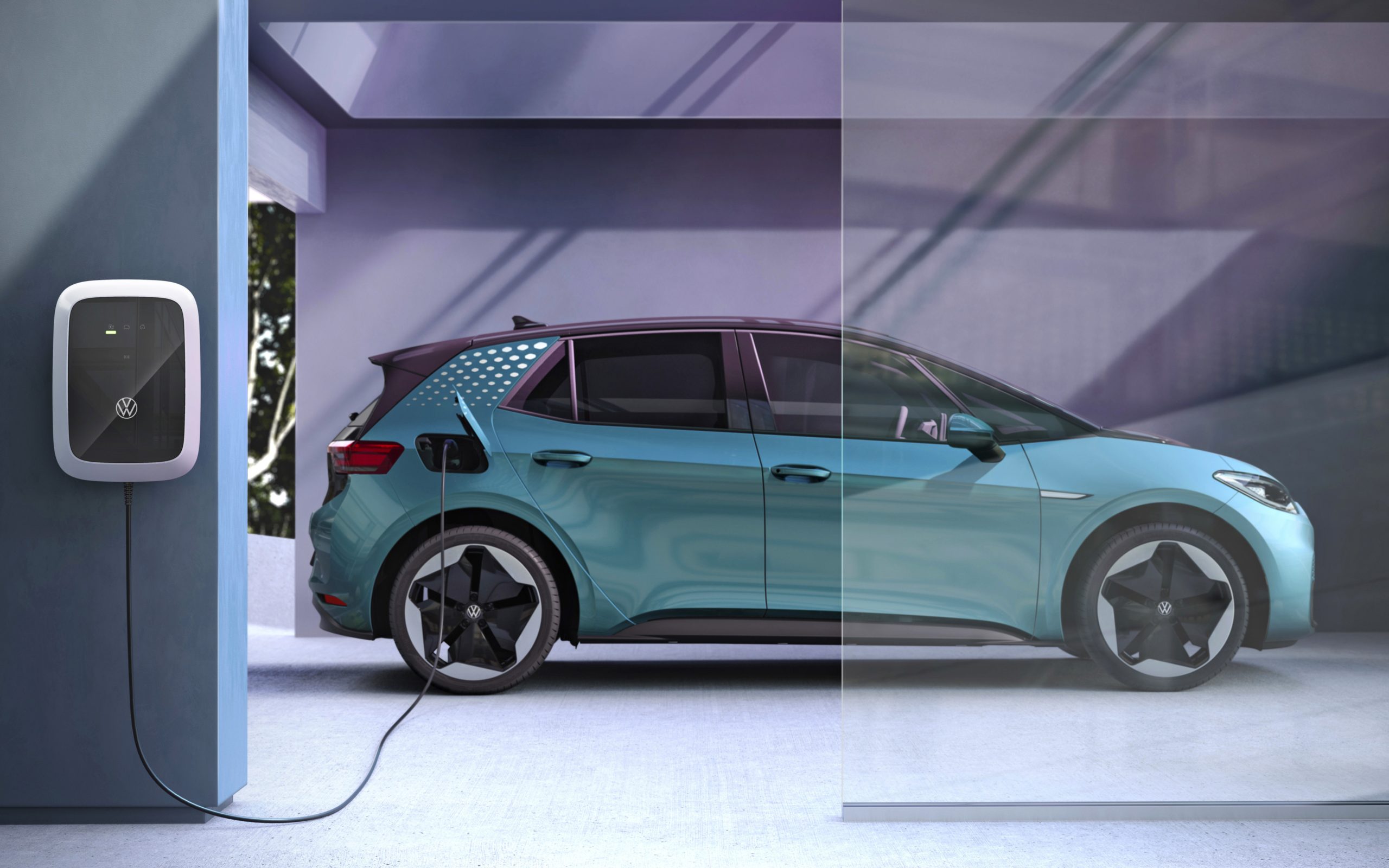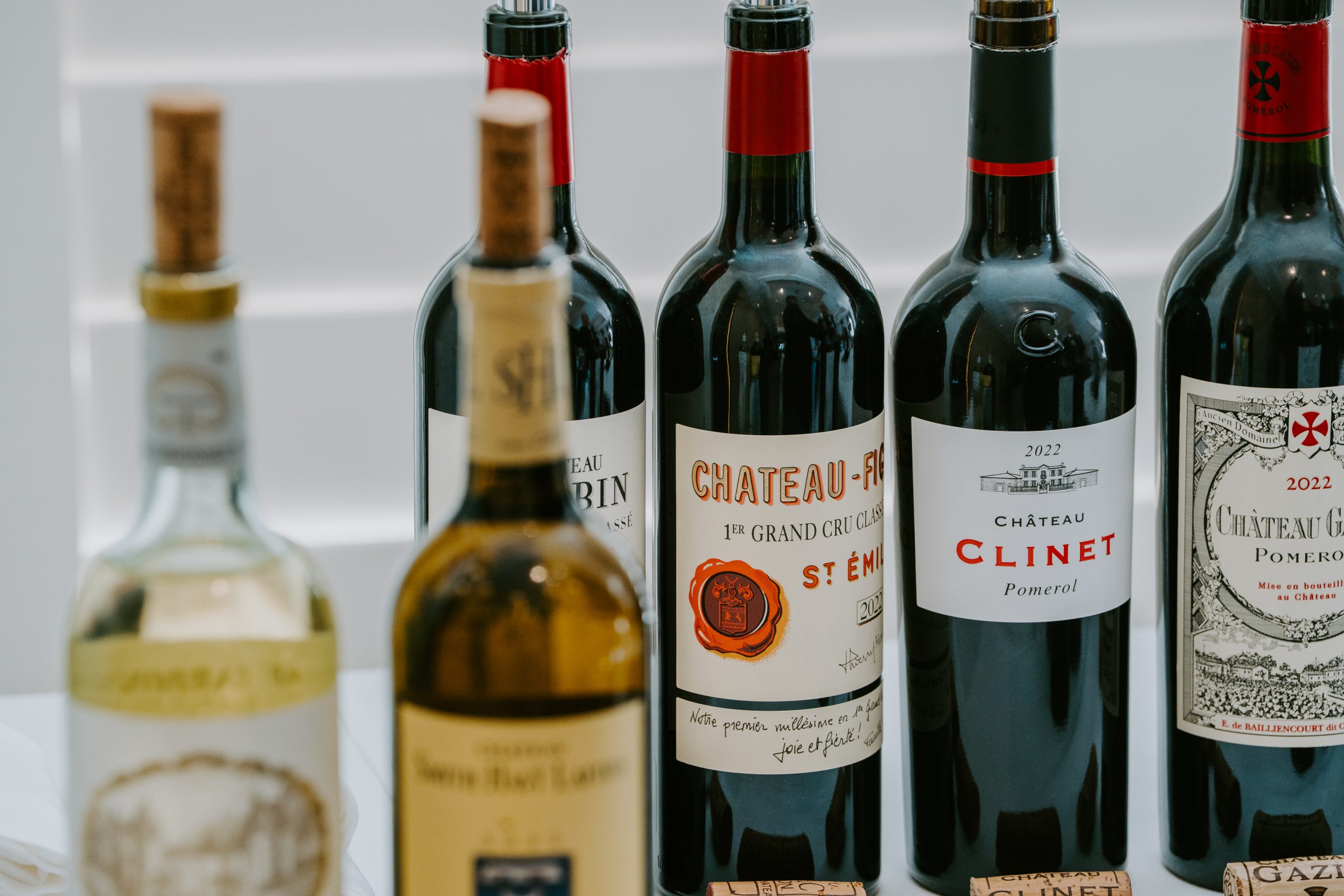What you need to know to future proof your home
Spoiler alert: flying cars or vacuum sealed meals are not on the menu
It’s fair to say that the world has gone through a period of accelerated change in recent years. Aside from the significant impacts of COVID, the effects of climate change are becoming more evident and, as countries around the world look for alternatives to fossil fuels, many homeowners are beginning to understand the implications at home, in the form of rising energy prices and greater weather extremes.
For those contemplating renovating or completely rebuilding from scratch, the idea of future proofing your home is beginning to take hold. But what does it mean to create a home for the future?
In general terms, a future-proofed home is one that is designed for longevity, with enough flexibility and sustainability built into it to provide residents with a comfortable lifestyle for decades to come. This means creating spaces that are not only comfortable to live in but have low running costs without the need to dramatically upgrade or alter aspects over time.
For some, that can entail embracing new technologies, which may come with substantial upfront costs, while for others, the focus is very much on design.
For more stories like these, pick up a copy of Kanebridge Quarterly magazine here.
Architect Caroline Pidcock says the beauty of future proofing through design is that anyone building or renovating can take steps to make it part of the construction process. Whether you plan to stay put or you have one eye on resale, she says the principles of a sustainable lifestyle still apply.
“There are three things anyone can do, whether or not you’re embarking on a major building project,” she says.
“Firstly, make sure the external building envelope is as well sealed and insulated as possible. Secondly, we need to understand and work with the sun – where we want it and don’t want it – and work with it to capture its energy for our own use.”
The third measure, she says, is to step away from fossil fuels such as coal-fired power and gas, towards renewable sources of electricity.
“You should totally electrify your home,” she says. “Having a gas cooktop is like having a smoker in your home. If we totally electrify and make the building envelope as efficient as possible, we’re on the way to future proofing.”
In terms of design, Pidcock says it’s time to rethink the open plan living model in favour of more flexible spaces that can be opened up and closed down to allow for more efficient heating and cooling as well as better thermal and acoustic comfort for everyone.
“We need to rethink how much space we need,” she says.
“That might mean the end of the open plan living dream. Adding doors is good from a thermal and acoustic point of view and the ability to close or open the spaces as you need them.
“That flexibility of space is useful and important.”

For Dr Trivess Moore, senior lecturer in RMIT’s School of Property, Construction and Project Management in Melbourne, the focus is very much on the ability of current housing stock to cope with the climate extremes many Australians are already experiencing.
“The majority of existing and new housing in Australia is not suitable for performing in our current climate,” he says. “This means we have a high reliance on mechanical heating and cooling to stay thermally comfortable, resulting in high energy consumption and bills.
“The majority of the housing stock performs between 1.5 to 3 stars on a scale of zero (worst) to 10 (best). In some cases, households will find their housing unliveable for periods of time if we see climate change much further.”
Government regulation, such as the Building Sustainability Index (Basix) legislation introduced in NSW in 2004, has gone some way to make new housing stock more future proofed, says Moore, as have rebates to encourage Australians to take up renewable energies such as solar panels. The result is that one in three Australian households have installed solar panels, according to figures from the Clean Energy Regulator, the highest domestic uptake rate in the world.
While battery storage systems are still prohibitively expensive for many, all indicators are that they will be a necessary part of any future proofed home, thanks to their ability to store energy from renewables to be used on demand.
Managing diretor of Qcells Australia, Jin Han says the sooner you can install a storage battery, the sooner you can make the most from solar energy supplies generated on your own property. He says there are options for those who would like to avoid the initial outlay.
“This can be addressed with green loans and financing,” Han says.

Qcells has partnered with Arcstream financing, allowing homeowners to bundle monthly payments with their energy plan.
“For example, before solar your bill is $200 per month, add solar and battery and energy plan with no upfront payment, and pay $180 per month consistently, and be paying off an asset that you then own.”
Even some volume home builders are now offering battery storage packages and EV charging points.
Managing director of Volkswagen Group, Paul Sansom says once drivers move past concerns about ‘range anxiety’ for their cars, homes and residences equipped with EV charging stations will quickly become more desirable.
“Neither new houses nor new apartment buildings will be feasible without easy access to renewable EV charging; no more so than a home without internet access,” he says.
Further proof that the future of living is already here.
A divide has opened in the tech job market between those with artificial-intelligence skills and everyone else.
A 30-metre masterpiece unveiled in Monaco brings Lamborghini’s supercar drama to the high seas, powered by 7,600 horsepower and unmistakable Italian design.
Ready to level up your cellar? Here, LANGTONS Head of Auctions, Michael Anderson, selects the bottles to chase from Bordeaux 2022.
There are Bordeaux drops and then there are Bordeaux moments. This is the latter. The 2022 vintage has arrived through LANGTONS with depth across communes and enough quality to satisfy both the curious and the die-hard.
Here is your guide to what deserves a place in the cellar, and in years to come, your dining table.
1. Château Carbonnieux Blanc 2022, Graves, $110
The story of the legendary white of Château Carbonnieux Blanc (Graves, $110) stretches back to the 18th century when, thanks to its crystal clarity, it was introduced to the Sultan of Constantinople’s palace disguised as ‘mineral water from Carbonnieux. Today, the wine retains that luminous freshness in youth but develops dried and candied fruit characters with maturity, making it one of the most versatile whites in the region. This is a wine that can be drunk now through to 2029, so not a long termer.
2. Château Figeac 2022, St-Émilion, $850
If Carbonnieux speaks of crystalline youth, Château Figeac (St-Émilion, $850) speaks of longevity. Few estates can match its claim to 2000 years of continuous occupation, and the 2022 vintage bears that gravitas. Deeply garnet in colour, Cabernet Sauvignon shines here with notes of blackcurrant, blueberry, lilac, tobacco and bay leaf. On the palate, the wine is elegant and mineral, yet vibrantly alive. It’s a stunning effort that will reward those with patience – I’d suggest drinking from 2034–2060. It’s a great investment wine given Figeac’s ascent, too.
3. Château Gazin 2022, Pomerol, $235
In Pomerol, the quiet achiever is Château Gazin ($235), whose neighbours happen to be Petrus and L’Evangile. The 2022 shows deep crimson colour, with aromas of violet, musky plum, roasted chestnut and mocha. Classically proportioned, it offers a palate of ripe black fruits, chalky tannins and mid-palate depth that places it among the appellation’s most compelling releases. This wine sees its best drinking between 2029 and 2040.
4. Château Palmer 2022, Margaux, $1,050
Further south in Margaux, Château Palmer ($1,050) continues its reputation as a ‘Super Second’, officially ranked a Third Growth but revered as the equal of the First Growths. The 2022 is abundant in blackberry jam, chocolate, lavender and smoke, a wine of sheer extract and richness with remarkable intensity. It is best from 2035 and should be showing nicely to 2065. It’s a wine nipping at the heels of the Firsts and a wonderful investment opportunity.”
5. Château Haut-Bailly 2022, Pessac-Léognan, $415
Another of Bordeaux’s historic properties, Château Haut-Bailly (Pessac-Léognan, $415), dates to the mid-15th century. Its 2022 vintage shows blackcurrant pastille, violet and graphite, with a refreshing yet dense palate that finishes chalky and minerally. It is incredibly elegant now, so try from 2030–2045 with ease. A wine worth buying 6–12 bottles of to watch this ‘value’ Bordeaux evolve in the cellar over time.
6. Château Pontet-Canet 2022, Pauillac, $330
The Pauillac commune offers two contrasting but equally celebrated estates. Château Pontet-Canet ($330), founded in 1725, is full-bodied and packed with ripe black fruits supported by finely integrated tannins. The wine is remarkably compelling now, but best after 2029 through to 2045. It’s also a hit in the secondary market amongst speculators.
7. Château Lafite-Rothschild 2022, Pauillac, $1,950
Then there is Château Lafite-Rothschild (Pauillac, $1,950), perhaps the most recognised name in the Médoc. The 2022 vintage has immense grip and presence, offering loganberry, blueberry, wet stones, and forest floor. For me, this is one of the definitive wines of the vintage. It’s one of the world’s most collected and cellared wines. Best from 2034–2070+ and is a triumph.
8. Château Montrose 2022, St-Estèphe, $595
North in St-Estèphe, Château Montrose ($595) demonstrates why this Second Growth is often regarded as a rival to the First Growths. Ample blackberry, cassis and briary fruits meet velvety tannins and cedar, creating a wine of both richness and precision. The wine is fine, aromatic and worth the investment. Most joy to be extracted from 2033 onwards with a 25-year satisfaction window.
9. Château Suduiraut 2022, Sauternes, $99
The sweet wines of Bordeaux complete the spectrum. Château Suduiraut (Sauternes, $99), a neighbour to d’Yquem, delivers a 2022 that is full of marmalade, saffron, lime and orange zest. Its sweetness is cut with a lifted bitterness that lends focus. This wine is showing beautifully now and best from 2028–2035+.
10. Château Cos d’Estournel 2022, St-Estèphe, $690
Finally, another St-Estèphe giant, Château Cos d’Estournel ($690), speaks with intensity and power. A blend dominated by Cabernet Sauvignon and Merlot, the 2022 is tannic, commanding and built for the long haul like every vintage of Cos.
A divide has opened in the tech job market between those with artificial-intelligence skills and everyone else.
By improving sluggish performance or replacing a broken screen, you can make your old iPhone feel new agai




















